AI Chatbots: What’s New and What You Need to Know
Artificial intelligence has revolutionized the way businesses interact with customers, and at the forefront of this change are AI chatbots. These automated conversational agents have evolved significantly over the past decade, moving from simple scripted responses to complex systems capable of understanding and processing human language. In 2024, AI chatbots are more advanced than ever, offering businesses a powerful tool to enhance customer engagement, streamline operations, and improve service delivery. This blog post will delve into the latest developments in AI chatbots, explore their applications across various industries, and provide insights into the future of this rapidly evolving technology.
Overview of AI Chatbots
Evolution of AI Chatbots
The journey of AI chatbots began with rule-based systems that relied on pre-programmed scripts to interact with users. These early chatbots were limited in their functionality, often leading to frustration when users deviated from expected inputs. However, advancements in machine learning and natural language processing (NLP) have transformed these basic systems into sophisticated AI-powered chatbots capable of understanding context, sentiment, and even humor. Modern chatbots can handle complex queries, provide personalized recommendations, and engage in more natural conversations, making them an invaluable asset for businesses.
The evolution of AI chatbots is closely tied to developments in NLP, a subfield of AI that focuses on the interaction between computers and human language. Early NLP models struggled with ambiguity and lacked the ability to understand nuances in language. Today, cutting-edge models like GPT-4 and BERT have set new standards for NLP, enabling chatbots to process vast amounts of text data, understand context, and generate human-like responses. This evolution has not only improved the user experience but also expanded the scope of tasks that chatbots can perform, from customer support to sales and beyond.
Key Features of Modern Chatbots
Modern AI chatbots are equipped with a range of features that make them more versatile and effective than their predecessors. One of the most significant advancements is the ability to understand and process natural language, allowing chatbots to engage in more meaningful and dynamic interactions with users. This is achieved through the use of advanced NLP algorithms that enable chatbots to understand context, detect emotions, and even predict user intentions. As a result, businesses can provide more personalized and responsive customer service, which in turn enhances customer satisfaction and loyalty.
Another key feature of modern chatbots is their integration with various business tools and platforms. Today’s chatbots are designed to work seamlessly with customer relationship management (CRM) systems, e-commerce platforms, and social media channels, among others. This integration allows businesses to automate routine tasks, such as answering frequently asked questions, processing orders, and scheduling appointments, freeing up human agents to focus on more complex issues. Additionally, AI chatbots can be customized to reflect a brand’s voice and tone, ensuring consistency in customer interactions across all touchpoints.
Machine learning capabilities are also a defining feature of modern chatbots. Unlike traditional systems that rely on static rules, AI chatbots can learn and improve over time. By analyzing past interactions and user feedback, these chatbots can fine-tune their responses, become more efficient, and adapt to changing customer needs. This continuous learning process is crucial for maintaining the relevance and effectiveness of chatbots in a fast-paced digital environment where customer expectations are constantly evolving.
Why AI Chatbots Are Essential Today
In today’s digital-first world, customers expect instant and personalized responses to their inquiries. This shift in expectations has made AI chatbots an essential tool for businesses looking to stay competitive. By providing 24/7 support, chatbots ensure that customers can get the help they need at any time, without the need for human intervention. This not only improves customer satisfaction but also reduces operational costs by minimizing the need for large customer service teams.
Moreover, AI chatbots play a crucial role in data collection and analysis. Every interaction with a chatbot generates valuable data that can be used to gain insights into customer behavior, preferences, and pain points. Businesses can leverage this data to refine their marketing strategies, improve their products and services, and deliver more personalized experiences. In an era where data-driven decision-making is key to success, AI chatbots provide a powerful tool for gathering and analyzing customer insights in real-time.
Another reason why AI chatbots are essential today is their ability to scale. As businesses grow and customer bases expand, managing customer interactions manually becomes increasingly challenging. AI chatbots offer a scalable solution that can handle a high volume of interactions simultaneously, ensuring that no customer query goes unanswered. This scalability is particularly beneficial for businesses that operate in multiple time zones or have a global customer base, as it allows them to provide consistent support around the clock.
What’s New in AI Chatbots
Advanced Natural Language Processing
One of the most significant advancements in AI chatbots is the improvement in natural language processing (NLP). Modern NLP models, such as OpenAI’s GPT-4 and Google’s BERT, have significantly enhanced the ability of chatbots to understand and generate human language. These models are trained on vast datasets that include a wide range of text from different sources, enabling them to understand context, detect emotions, and even recognize slang and colloquial expressions. This has made interactions with chatbots more natural and engaging, as users no longer feel like they are talking to a machine.
The latest NLP models also incorporate deep learning techniques, which allow chatbots to process and analyze text in a more sophisticated manner. For example, transformers, a type of deep learning model, have revolutionized NLP by enabling chatbots to understand the relationships between words in a sentence more effectively. This has improved the accuracy and relevance of chatbot responses, particularly in complex or ambiguous situations where context is key. Additionally, advancements in NLP have enabled chatbots to support multiple languages, making them more accessible to a global audience.
These advancements in NLP have also paved the way for more interactive and personalized chatbot experiences. By understanding user intent and context, chatbots can tailor their responses to individual users, providing a more personalized and relevant experience. This level of personalization is particularly important in industries like e-commerce and customer service, where understanding and anticipating customer needs can make a significant difference in customer satisfaction and loyalty.
Integration with Business Tools
Another notable development in AI chatbots is their increased integration with business tools and platforms. Today’s chatbots are not just standalone systems; they are integrated into a wide range of business processes, from customer relationship management (CRM) and enterprise resource planning (ERP) systems to e-commerce platforms and social media channels. This integration allows businesses to automate a variety of tasks, streamline operations, and improve efficiency.
For example, in e-commerce, chatbots can be integrated with inventory management systems to provide real-time information on product availability. They can also be connected to payment gateways to facilitate seamless transactions, or to shipping and logistics platforms to provide customers with real-time updates on their orders. In customer service, chatbots can be integrated with CRM systems to access customer data and provide personalized support based on previous interactions. This level of integration not only enhances the functionality of chatbots but also ensures a more cohesive and consistent customer experience across all touchpoints.
Moreover, integration with analytics and reporting tools allows businesses to track the performance of their chatbots and gain insights into customer interactions. By analyzing chatbot data, businesses can identify trends, measure customer satisfaction, and make informed decisions to optimize their chatbot strategies. This data-driven approach is essential for continuously improving the performance of chatbots and ensuring that they deliver value to both businesses and customers.

AI Chatbots for Personalized Customer Experience
Personalization has become a key focus in the development of AI chatbots, as businesses recognize the importance of delivering tailored experiences to their customers. Modern chatbots are designed to understand and respond to individual user preferences, providing personalized recommendations, offers, and support. This is achieved through the use of machine learning algorithms that analyze user data, such as past interactions, purchase history, and browsing behavior, to predict and anticipate customer needs.
For instance, in the retail sector, AI chatbots can use customer data to suggest products based on previous purchases or browsing history. They can also offer personalized discounts or promotions, enhancing the customer’s shopping experience and increasing the likelihood of a purchase. In customer service, chatbots can provide tailored support by accessing a customer’s past interactions and offering solutions that are relevant to their specific situation. This level of personalization not only improves the customer experience but also helps businesses build stronger relationships with their customers.
Additionally, AI chatbots are increasingly being used to deliver personalized content and recommendations in industries like media and entertainment. For example, streaming services can use chatbots to recommend movies or TV shows based on a user’s viewing history, while news platforms can provide personalized news updates based on a user’s interests and preferences. This focus on personalization is driving the adoption of AI chatbots across various industries, as businesses look to differentiate themselves by offering more relevant and engaging experiences to their customers.
Use Cases and Industry Applications
AI Chatbots in E-commerce
The e-commerce industry has been one of the earliest adopters of AI chatbots, leveraging their capabilities to enhance the online shopping experience. AI chatbots in e-commerce are used for a variety of tasks, from assisting customers in finding products to providing personalized recommendations and processing orders. By offering instant support and personalized assistance, chatbots help reduce friction in the shopping process, leading to higher conversion rates and improved customer satisfaction.
One of the key use cases of AI chatbots in e-commerce is product recommendation. By analyzing customer data, such as browsing history, past purchases, and preferences, chatbots can suggest products that are likely to interest the customer. This not only enhances the shopping experience but also increases the likelihood of a sale. Additionally, chatbots can assist customers in finding specific products by answering queries about product features, availability, and pricing. This reduces the time customers spend searching for products, making the shopping process more efficient and enjoyable.
AI chatbots also play a crucial role in customer support within e-commerce. They can handle a wide range of customer inquiries, from answering questions about shipping and returns to providing updates on order status. By automating these routine tasks, chatbots free up human agents to focus on more complex issues, improving the overall efficiency of customer support operations. Moreover, chatbots can operate 24/7, ensuring that customers can get the help they need at any time, regardless of time zones or business hours.
AI Chatbots in Healthcare
In the healthcare industry, AI chatbots are being used to improve patient engagement and streamline administrative tasks. These chatbots are designed to assist patients with a variety of tasks, from scheduling appointments and providing information about symptoms to offering mental health support and managing chronic conditions. By providing instant and accurate information, AI chatbots help patients make informed decisions about their health and reduce the burden on healthcare providers.
One of the key applications of AI chatbots in healthcare is appointment scheduling. Chatbots can be integrated with electronic health records (EHR) systems to access patient information and schedule appointments based on availability. This not only simplifies the scheduling process for patients but also reduces the administrative workload for healthcare providers. Additionally, chatbots can send reminders to patients about upcoming appointments, helping to reduce no-show rates and improve the efficiency of healthcare services.
AI chatbots are also being used to provide mental health support. These chatbots are designed to engage in conversations with users, offering support and resources for managing stress, anxiety, and depression. By providing a non-judgmental and confidential platform for users to express their feelings, chatbots help reduce the stigma associated with mental health and encourage more people to seek help. Moreover, chatbots can provide information about mental health resources and connect users with healthcare providers for further support.
Another important use case of AI chatbots in healthcare is patient education. Chatbots can provide patients with information about their conditions, treatment options, and medications, helping them better understand their health and make informed decisions. This is particularly important for patients with chronic conditions, who need to manage their health on an ongoing basis. By providing timely and accurate information, AI chatbots empower patients to take control of their health and improve their quality of life.
AI Chatbots in Customer Support
Customer support is one of the most common applications of AI chatbots, with businesses across various industries using them to enhance their customer service operations. AI chatbots are designed to handle a wide range of customer inquiries, from answering frequently asked questions to resolving complex issues. By providing instant support, chatbots help reduce wait times and improve the overall customer experience.
One of the key benefits of using AI chatbots in customer support is their ability to handle high volumes of inquiries simultaneously. This scalability is particularly important for businesses with large customer bases or those that experience seasonal spikes in demand. By automating routine tasks, such as answering common questions and processing simple requests, chatbots free up human agents to focus on more complex issues. This not only improves the efficiency of customer support operations but also ensures that customers receive timely and accurate assistance.
AI chatbots are also being used to provide personalized support in customer service. By accessing customer data, such as past interactions and purchase history, chatbots can offer solutions that are tailored to the individual needs of each customer. This level of personalization is particularly important in industries like retail and hospitality, where understanding and anticipating customer needs can make a significant difference in customer satisfaction and loyalty. Additionally, chatbots can provide multilingual support, making them a valuable tool for businesses that operate in multiple regions or have a global customer base.

Challenges and Considerations
Addressing Privacy and Security Concerns
As AI chatbots become more integrated into business processes, privacy and security concerns have come to the forefront. Chatbots handle a large amount of sensitive data, including personal information, payment details, and medical records. Ensuring the security of this data is crucial to maintaining customer trust and complying with regulatory requirements. Businesses must implement robust security measures, such as encryption and secure authentication protocols, to protect data from unauthorized access and cyber threats.
Another important consideration is compliance with data privacy regulations, such as the General Data Protection Regulation (GDPR) in Europe and the California Consumer Privacy Act (CCPA) in the United States. These regulations require businesses to be transparent about how they collect, use, and store customer data. AI chatbots must be designed to comply with these regulations, including providing users with the option to opt-out of data collection and ensuring that data is deleted upon request. Failure to comply with these regulations can result in significant fines and damage to a company’s reputation.
Additionally, businesses must consider the ethical implications of using AI chatbots. This includes ensuring that chatbots are not used to manipulate or deceive users, as well as being transparent about the use of AI in customer interactions. Users should be informed when they are interacting with a chatbot and given the option to speak with a human agent if they prefer. By addressing these privacy, security, and ethical considerations, businesses can build trust with their customers and ensure the responsible use of AI chatbots.
Overcoming Limitations in Understanding Context
Despite significant advancements in natural language processing, AI chatbots still face challenges in understanding context and nuances in language. This can lead to misunderstandings or inappropriate responses, particularly in complex or ambiguous situations. For example, a chatbot might struggle to understand sarcasm, humor, or cultural references, leading to a less than satisfactory user experience. Businesses must be aware of these limitations and take steps to mitigate them, such as providing clear guidelines for chatbot interactions and incorporating human oversight when necessary.
Another challenge is the chatbot’s ability to handle multi-turn conversations, where the context of previous exchanges must be maintained to provide accurate and relevant responses. While modern chatbots have improved in this area, there is still room for improvement, particularly in scenarios where the conversation takes unexpected turns or involves complex problem-solving. Businesses can address these limitations by designing chatbots with fallback mechanisms that allow users to escalate issues to human agents when the chatbot is unable to resolve them.
To overcome these limitations, businesses can also leverage machine learning algorithms that enable chatbots to learn from past interactions and improve their understanding of context over time. By continuously analyzing user interactions and feedback, chatbots can refine their responses and become more effective at handling complex queries. Additionally, businesses can use data from customer interactions to identify common issues and improve the chatbot’s ability to address them. This iterative process of learning and improvement is crucial for ensuring that chatbots remain relevant and effective in a dynamic digital environment.
Ensuring Ethical Use of AI Chatbots
The ethical use of AI chatbots is a growing concern as these systems become more widespread. One of the key ethical considerations is transparency—users should be informed when they are interacting with a chatbot and have the option to speak with a human agent if they prefer. This is particularly important in sensitive situations, such as healthcare or financial services, where users may be more comfortable speaking with a human representative. Businesses must ensure that chatbots are clearly identified as such and provide clear instructions on how to escalate issues to a human agent.
Another ethical consideration is the potential for bias in AI chatbots. AI systems are trained on large datasets, and if these datasets contain biases, the chatbot may inadvertently perpetuate them in its interactions. This can lead to unfair treatment of certain groups of users and damage the reputation of the business. To address this issue, businesses must carefully curate the data used to train their chatbots and implement mechanisms to detect and mitigate bias. Additionally, businesses should regularly review and update their chatbot’s training data to ensure that it reflects current societal values and norms.
Finally, businesses must consider the impact of AI chatbots on employment. As chatbots become more capable, there is a concern that they could replace human jobs, particularly in customer service and support roles. While chatbots can certainly enhance efficiency and reduce costs, businesses must also consider the social implications of automation and take steps to support employees who may be affected. This could include retraining programs, job transition assistance, or creating new roles that leverage human skills that cannot be replicated by AI. By addressing these ethical considerations, businesses can ensure that their use of AI chatbots is responsible and aligned with their corporate values.
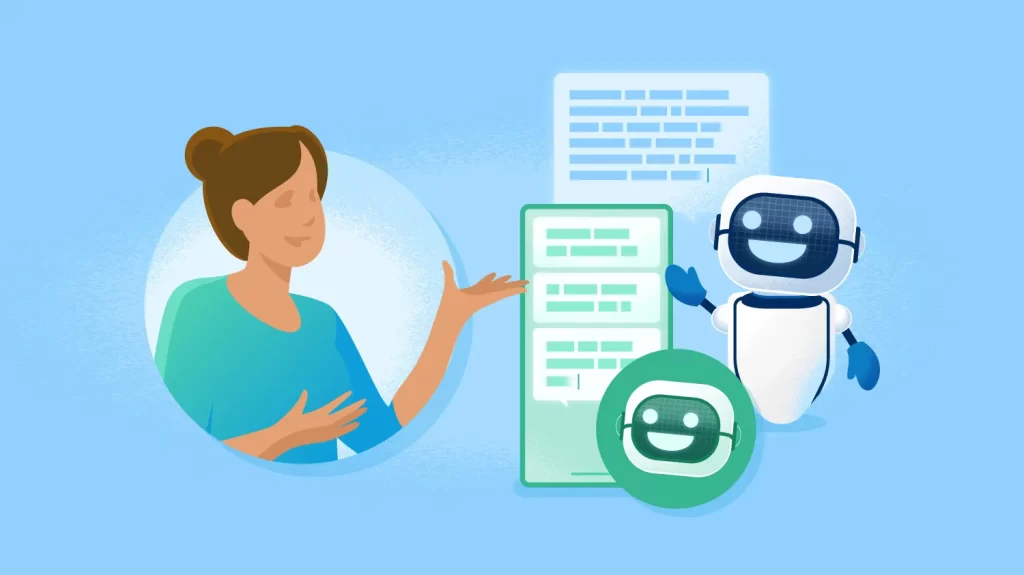
The Future of AI Chatbots
Predicted Trends for 2024 and Beyond
As we look ahead to 2024 and beyond, several trends are expected to shape the future of AI chatbots. One of the most significant trends is the continued improvement in natural language processing and understanding. As AI models become more advanced, chatbots will be able to engage in even more natural and nuanced conversations, providing a more human-like experience for users. This will be particularly important in industries like healthcare and financial services, where the ability to understand and respond to complex queries is crucial.
Another trend is the increasing use of AI chatbots for personalized marketing and customer engagement. As businesses continue to collect and analyze data on customer behavior, chatbots will play a key role in delivering personalized content, recommendations, and offers. This level of personalization will help businesses build stronger relationships with their customers and increase customer loyalty. Additionally, we can expect to see more businesses using chatbots to provide proactive support, such as offering assistance before a customer even realizes they need it.
The integration of AI chatbots with emerging technologies, such as augmented reality (AR) and virtual reality (VR), is another trend to watch. As AR and VR become more mainstream, chatbots will be used to provide real-time assistance and guidance within these immersive environments. For example, a chatbot could help a user navigate a virtual store or provide information about products in an AR shopping experience. This integration will open up new possibilities for customer engagement and create more interactive and engaging experiences.

How AI Chatbots Will Shape Business Strategies
AI chatbots are set to play a central role in shaping business strategies in the coming years. As customer expectations continue to rise, businesses will increasingly rely on chatbots to provide instant and personalized support, streamline operations, and gather valuable customer insights. This will require businesses to invest in advanced AI technologies and integrate chatbots into their overall digital strategy.
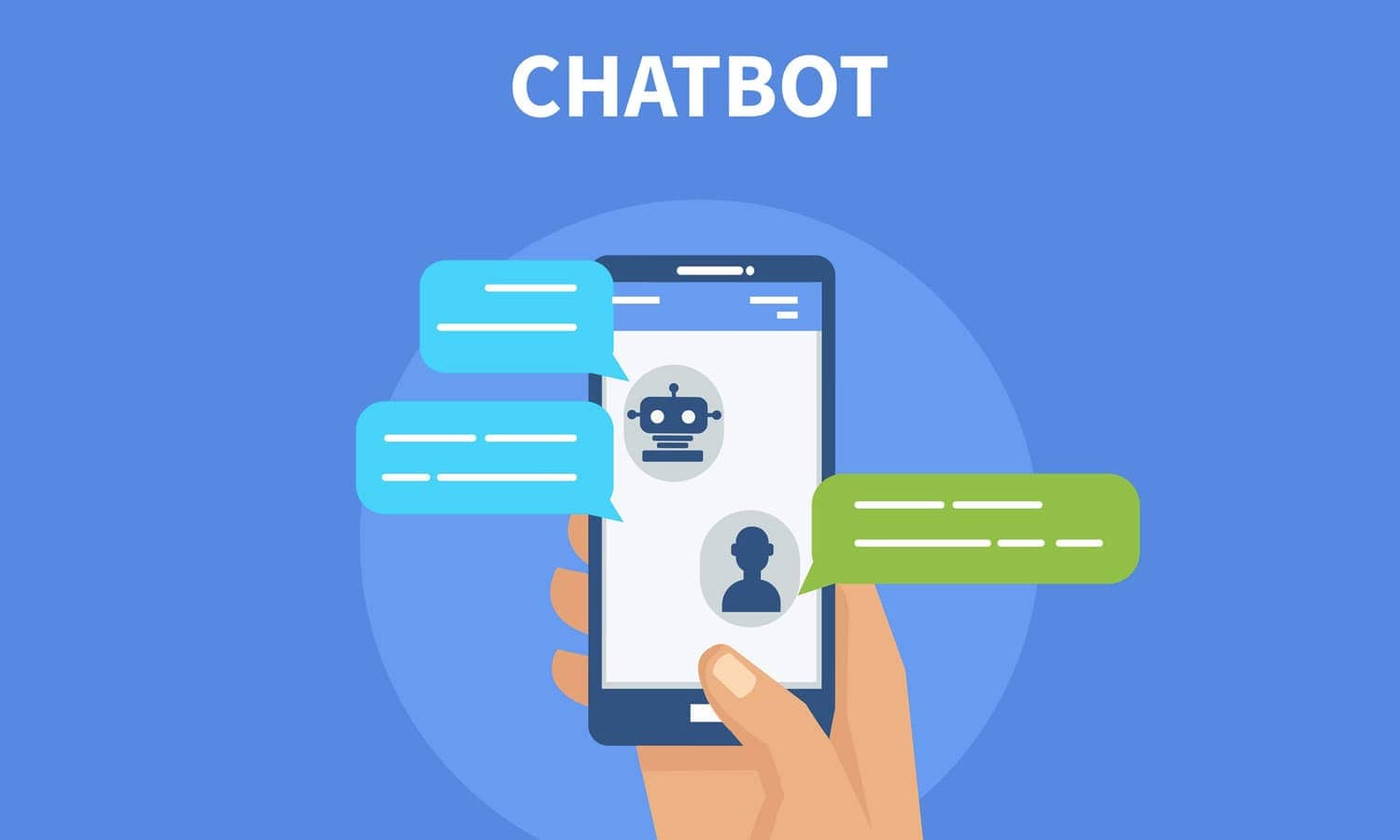








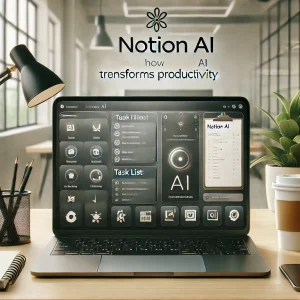
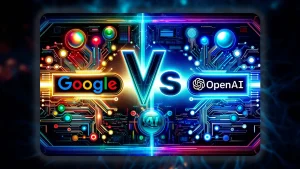
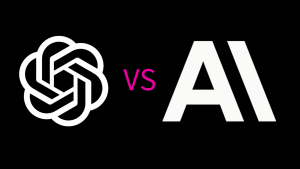
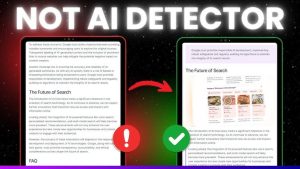

Post Comment